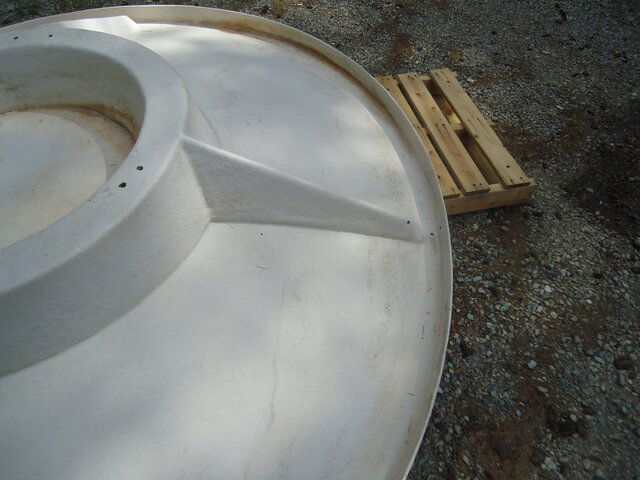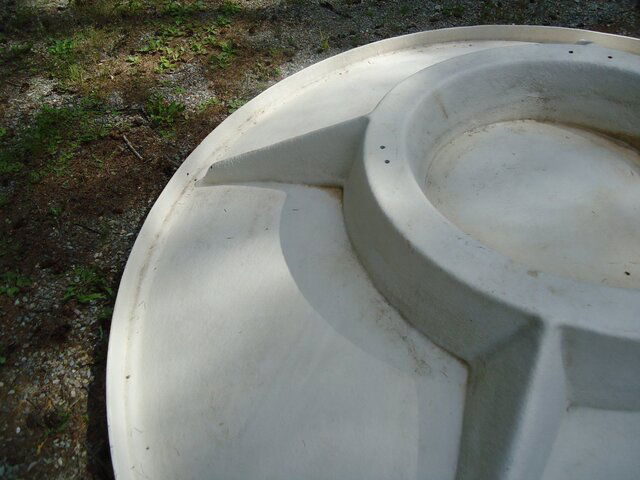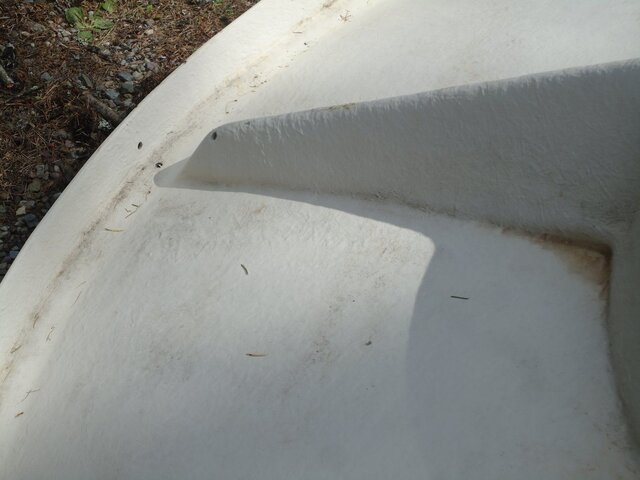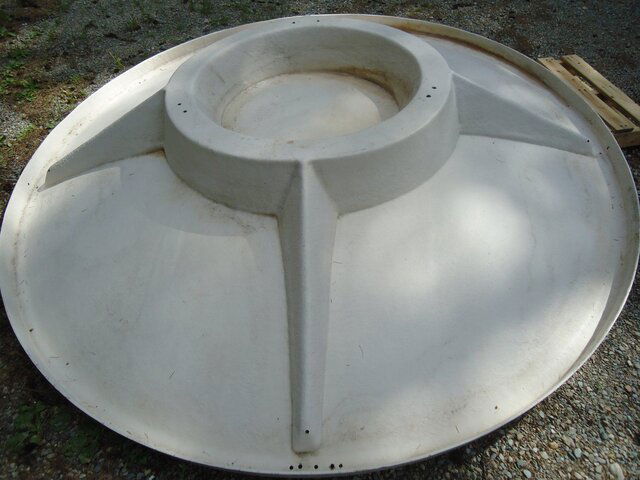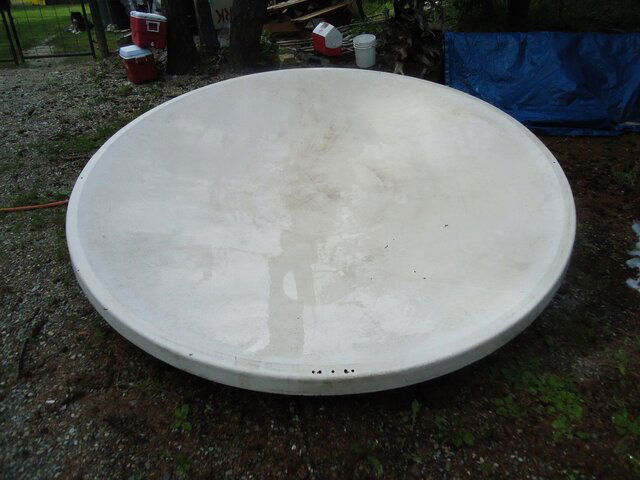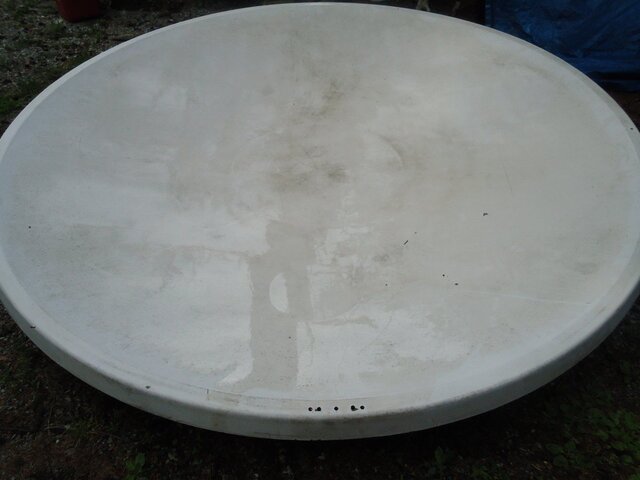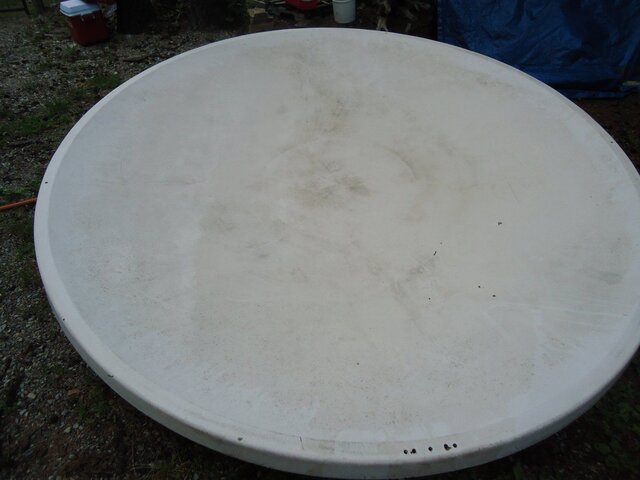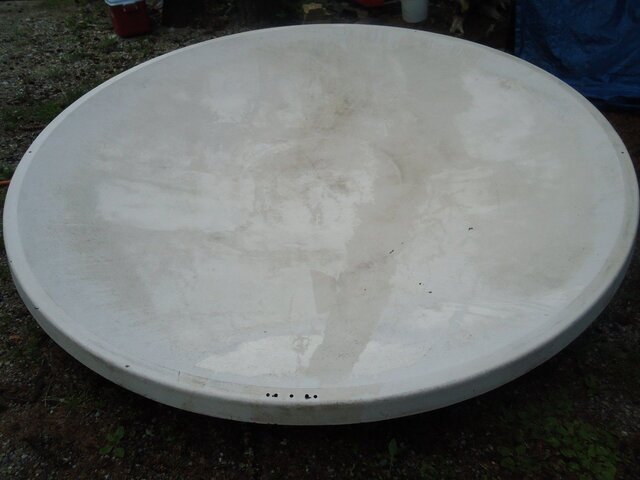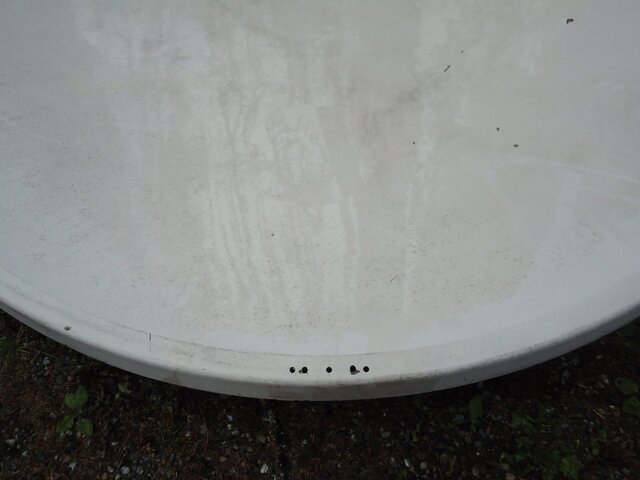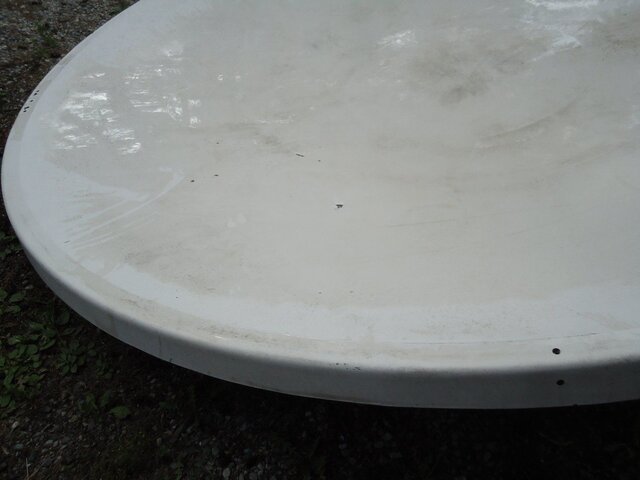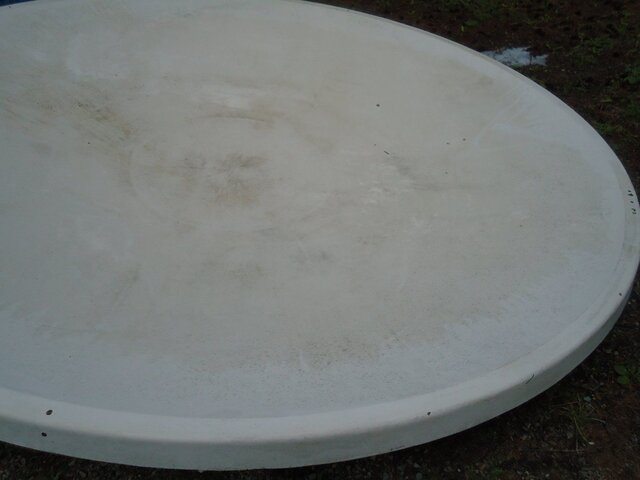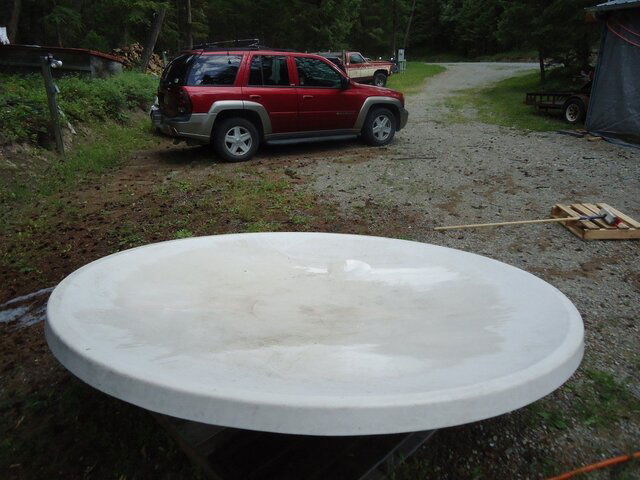New to satellite completely, however in about the last month and half, I have put up a 39" ku band dish with a motor and having no issues with it at this point.
My next challenge is with a c band antenna, which I plan to be stationary on one satellite, the issue I am having is, right now with all the covid stuff going on, pretty much every place is out of any decent sized and priced dishes, from China, that may not happen for quite some time, so I do have an older c band fiberglass dish, the problem is, it is just the fiberglass dish, no mounting brackets on the back, no lnb and no lnb support brackets.
I have been running the internet to see if I can identify the make and model but to no luck, finally found something I cannot locate, not even a picture on the web.
I can fabricate a mount of some sorts and bolt it to the dish to mount on pole, but since the lnb and supports are missing, I have no idea how to figure out the correct positioning of the lnb since I would have to also fabricate the support arms.
Roughly, the dish means top to bottom about 9 feet and side to side 100", the holes are in the sides of the dish for the support arms, there are three, holes at the very bottom and one on each side not quite up to half the dish moving toward the top, so I figure it is and offset dish.
I did find a website that give explanation and formulas for figuring this out, but, to be honest, it seems to be a little beyond me, if I could identify the dish and find some place that has replacement lnb support arms that would take care of it.
I could add photos of the dish if anyone thought that might be helpful in figuring out the make.
Thanks for any help someone could offer.
My next challenge is with a c band antenna, which I plan to be stationary on one satellite, the issue I am having is, right now with all the covid stuff going on, pretty much every place is out of any decent sized and priced dishes, from China, that may not happen for quite some time, so I do have an older c band fiberglass dish, the problem is, it is just the fiberglass dish, no mounting brackets on the back, no lnb and no lnb support brackets.
I have been running the internet to see if I can identify the make and model but to no luck, finally found something I cannot locate, not even a picture on the web.
I can fabricate a mount of some sorts and bolt it to the dish to mount on pole, but since the lnb and supports are missing, I have no idea how to figure out the correct positioning of the lnb since I would have to also fabricate the support arms.
Roughly, the dish means top to bottom about 9 feet and side to side 100", the holes are in the sides of the dish for the support arms, there are three, holes at the very bottom and one on each side not quite up to half the dish moving toward the top, so I figure it is and offset dish.
I did find a website that give explanation and formulas for figuring this out, but, to be honest, it seems to be a little beyond me, if I could identify the dish and find some place that has replacement lnb support arms that would take care of it.
I could add photos of the dish if anyone thought that might be helpful in figuring out the make.
Thanks for any help someone could offer.





